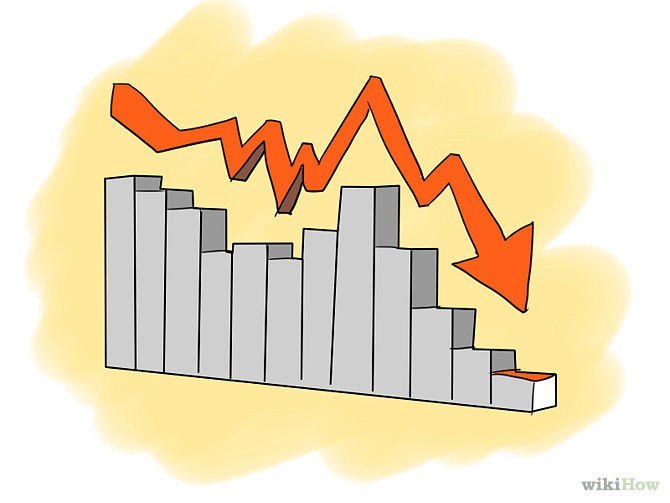How to Value Stocks
Post on: 16 Март, 2015 No Comment

An Alternative to Intrinsic Value
How to value stocks? It doesn’t matter whether you’re valuing dividend paying stocks or valuing traditional high growth (non-dividend paying) companies — determining the intrinsic value of a company is a very slippery task.
The primary reason why intrinsic value — what a business is really worth — is so difficult to nail down is because it’s dependent on imagining some hypothetical, rational investor and then estimating what fair price that investor should be willing to pay to buy that stock.
The Value Investor’s Dilemma
The big drawback for the value investor’s quest for intrinsic value is that it places the investor into a conflict between what he or she believes other investors should pay for a stock vs. what those other investors actually are paying for the stock.
I’m certainly no advocate for the Efficient Market Theory which basically states that everything is always priced into a stock’s share price at any given point, therefore any price a stock trades at is the right price.
On the other hand, I’d be a little concerned if my investing success was dependent upon me consistently finding situations where I’m always right and nearly everyone else is always wrong. And then hoping I don’t have to wait too long for everyone else to admit their mistake.
If we invest in companies we consider undervalued, which is another way of saying that other investors are being irrational and don’t truly appreciate what a business is really worth, what makes us think that all those other investors are suddeenly going to become sensible and rational and see reality as we do?
How to Value Stocks — A New Valuation Model
So here’s my take — instead of getting into an argument with the market between what it should pay for a stock and what it currently does pay for that stock, I think a better question is: What is the market likely to pay for that stock in the intermediate future?
The problem with the intrinsic value or should pricing model is that there is no constant valuation level that the market itself agrees upon in the first place.
This is a very important concept: expanding and contracting P/E multiples are the whole basis for (and cause of) the phenomenon of long term secular bull markets and secular bear markets .
How much investors were willing to pay for $1 in earnings at the beginning of the 1982-2000 bull market, for example, wasn’t anywhere near what they were willing to pay at the end of it.
So maybe there should be a new approach to valuing dividend stocks (or all stocks for that matter) — estimating a price range that the market is likely to assign a stock in the future.
Benefiting From an Imprecise Valuation
It may see a little crazy to be so nonchallant about determing the worth of a company. After all, if you’re going to invest in a high quality company for the long term. shouldn’t you have at least some kind of a semi-rigorous process for determing how much you should pay to own a piece of that company?
In the end, it comes down to your specific investing or trading approach. How you go about determing the value of something is only as important as what you do with that information.
The traditional value investor arguably does need to be more precise in order to ensure that he or she is correctly identifying situations where quality assets are trading at truly bargain prices because — and this is important — a low entry price is the only arrow in the value investor’s quiver.
Don’t get me wrong — it’s a very powerful arrow and one that’s made a number of legendary investors an enormous amount of wealth.
But I believe that there is an alternative approach to replicating similarly powerful returns, and perhaps in less time. And it doesn’t require that you nail the true value of a company with exact precision.
In the end, all I’m really concerned about is estimating a level that the stock is likely trade in or around, preferrably now, although if necessary, at some point in the intermediate future.
How to Value Stocks — An Example
OK — how about a real world example of what I’m talking about?














